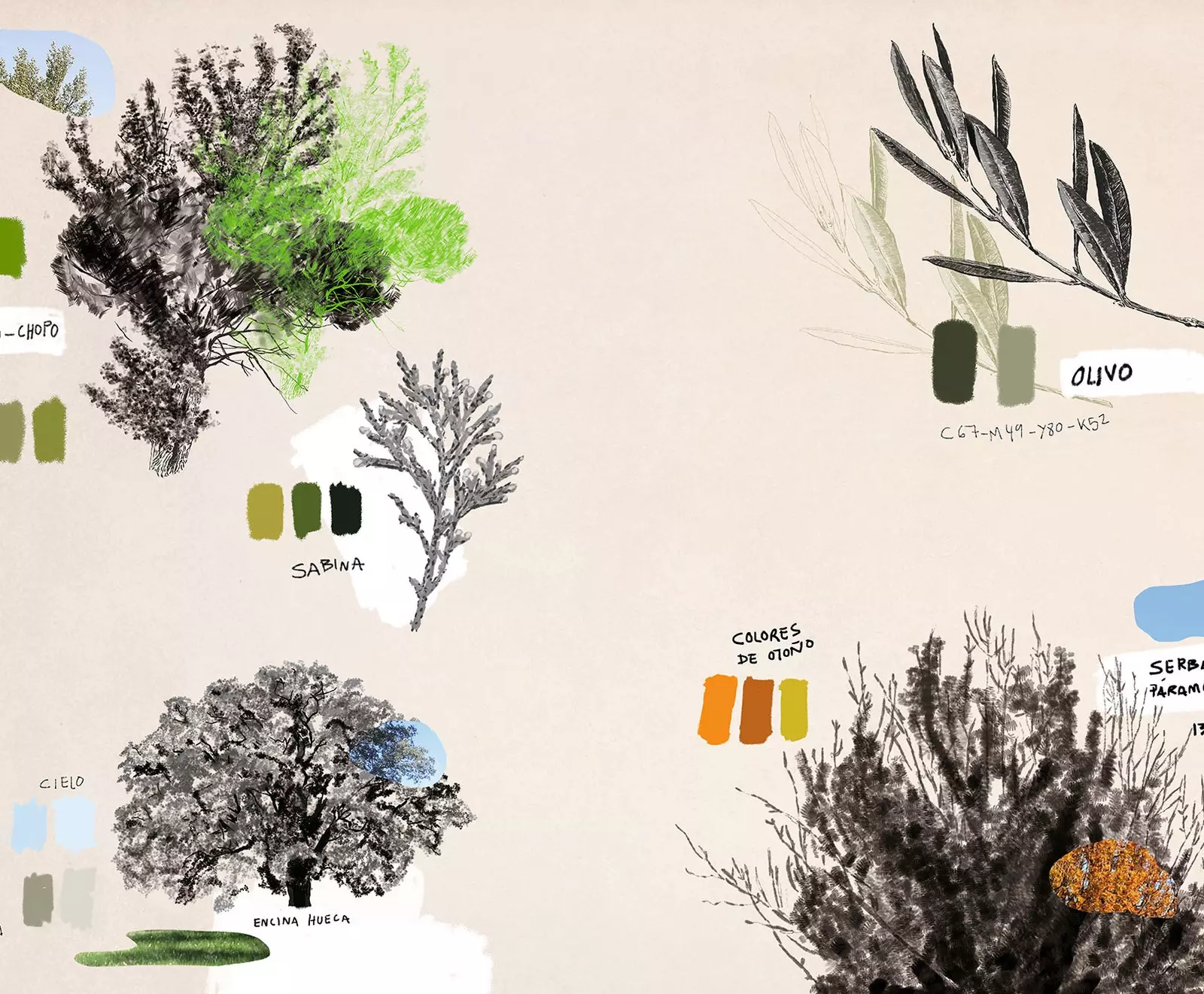
We know in depth the longest living beings. These are our trees!
Can you imagine what the tree in front of your door could tell us? Well now imagine the adventures that will keep in the memory the moral who has been guarding the entrance to the hermitage of Santa Lucía for more than four centuries at the end of the road that leads to the Burgos town of Villovela de Esgueva . It measures about eight meters and its more than 15 branches are born directly from the ground, without a trunk. It is said that here Juana la Loca spent the night during her pilgrimage with the body of her deceased spouse, Felipe II.
Witnesses of our history, trees have been and are shelter along the way and sources of natural resources, guardians of our secrets and confidants of our love . But to hear their stories we would have to speak their language.
For that, to help us understand the trees, to read the wisdom they contain, to look at them differently, with other more complete eyes, the Ribera del Duero Wine Route announced a few months ago the publication of a catalog of informative technical sheets with the most unique trees that live throughout the denomination of origin that follows the course of the Duero river as it passes through the provinces of Soria, Segovia, Burgos and Valladolid.
The first ten cards were published last January and the next ten are published now, in April. Sabinas, walnuts, willows, oaks, morals, junipers, pines (piñonero and resinero), poplars, olive trees, hawthorns... In total 78 trees of fifteen different species have been identified that stand out for their dimensions, longevity, for the natural wealth they represent or for their cultural or even medicinal values. Or because of its location. Some in the middle of the forest, others on the side of the roads, inside private properties or in urban centers.
They grow in a strip of territory that encompasses 115 kilometers from east to west and 35 from north to south , always on the banks of the Duero, and are surrounded by 92 towns in which we find 51 accommodation, 28 restaurants and 24 museums.
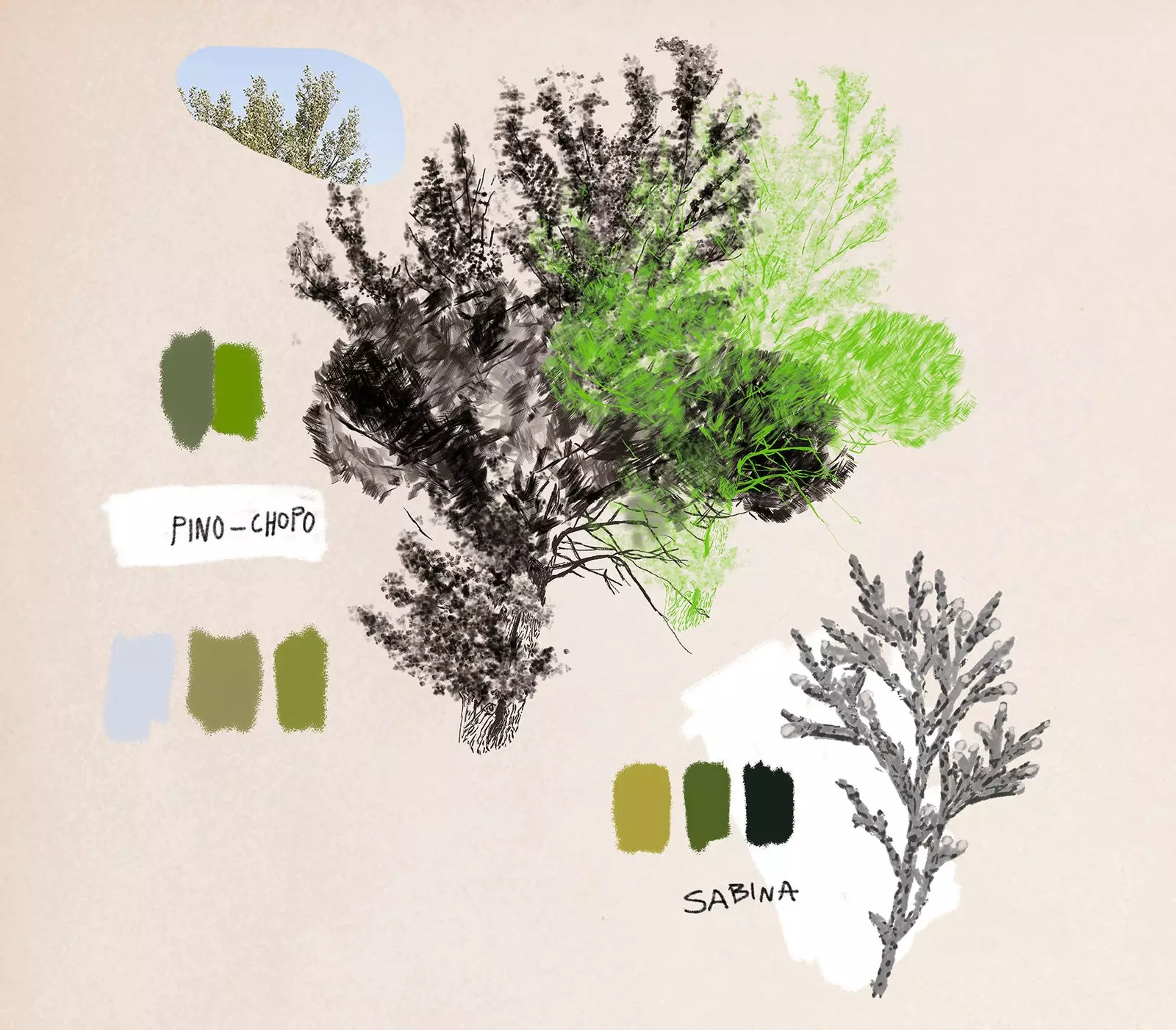
The trees around us have been listening to our secrets for years.
ONCE UPON A TIME...
Of course, it is not the first tourism board or organization to carry out an inventory of its natural heritage, nor is it the first guide on monumental or centennial trees.
The difference is that in this compilation carried out by the Route, which is neither a guide nor a brochure nor a conventional catalogue, the intention has been associate trees with the world of wine and wine tourism –something relatively simple, because in the area there is nothing more and nothing less than 60 wineries, 21,000 hectares of vineyards and six museums and interpretation centers dedicated exclusively to wine– and that, as it is a sustainable project, the files are consulted and downloaded from the body's website.
Designed to contextualize the traveler at a glance, the cards will include, in addition to the technical data (age, size, Latin name, although it may not seem like it, it is very useful, state of conservation, etc.), curiosities of each specimen , the vast majority unknown, the coordinates for easy location and a manual of good practices.
Because It's not that we all flock to hug them now –According to the latest studies, it seems that it is not a good idea, that we spread our stress to them–, much less reveal to everyone the secret of where the richest blackberries in all of Valladolid grow. No. Quite the contrary, the goal is to get to know them in order to value and protect them.
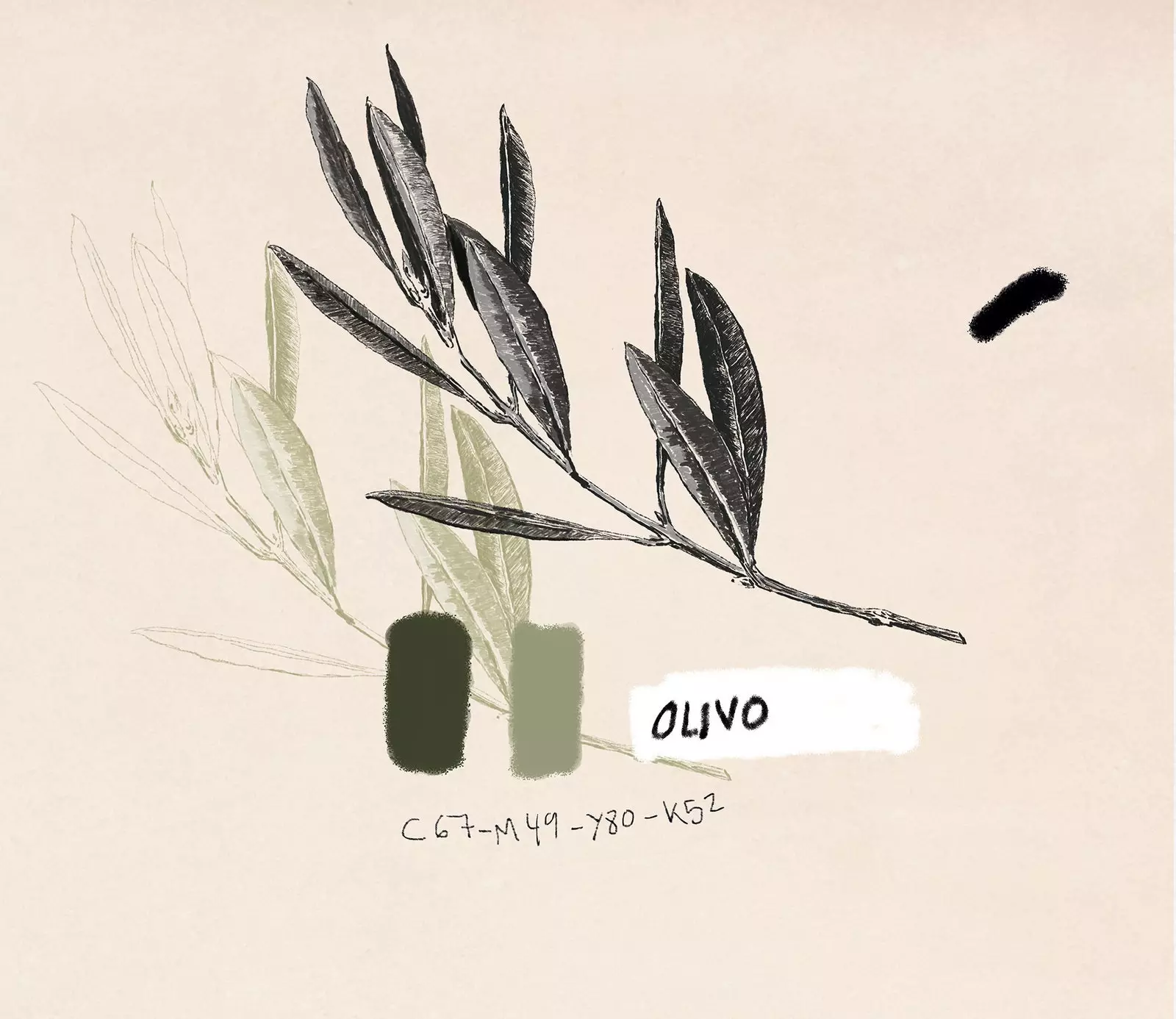
Age, size, Latin name, conservation status... And you, how much do you know about our trees?
Because, though majestic as a cathedral, trees can be as fragile as flowers . See if not what happened to the great Pino Macareno de Peñafiel, in Valladolid, which was knocked down last December by hurricane winds that brought the storm Gloria. Could it have been avoided? Yes, It was an urban pine tree, from urbanization, that had been left alone, unprotected without its pine forest and weakened by a termite attack a couple of years ago.
The goal is to protect them, okay, but also develop another type of tourism, that which values the territory , and provide information to your visitors so that we realize that that low tree where we stop to rest is much more than a simple stop along the way.
DID YOU KNOW...?
Because, did you know that acorns, which have a reputation for being indigestible, were used until not so long ago for pain and ulcers of stomach? And that with them the children played the spinning top? And that with poplar leaves the healers of yesteryear removed warts and papillomas ? Us neither. Until we read the cards.
To create the contents, as well as for the selection of the trees, the Ribera del Duero Wine Route has had the invaluable work of Candelas Iglesias, nature guide-interpreter and environmental advisor for Abubilla Ecoturismo . Candelas has been compiling and organizing knowledge about these trees for years. These Castilian fields and their inhabitants are known better than anyone , and tells us their stories in these files.
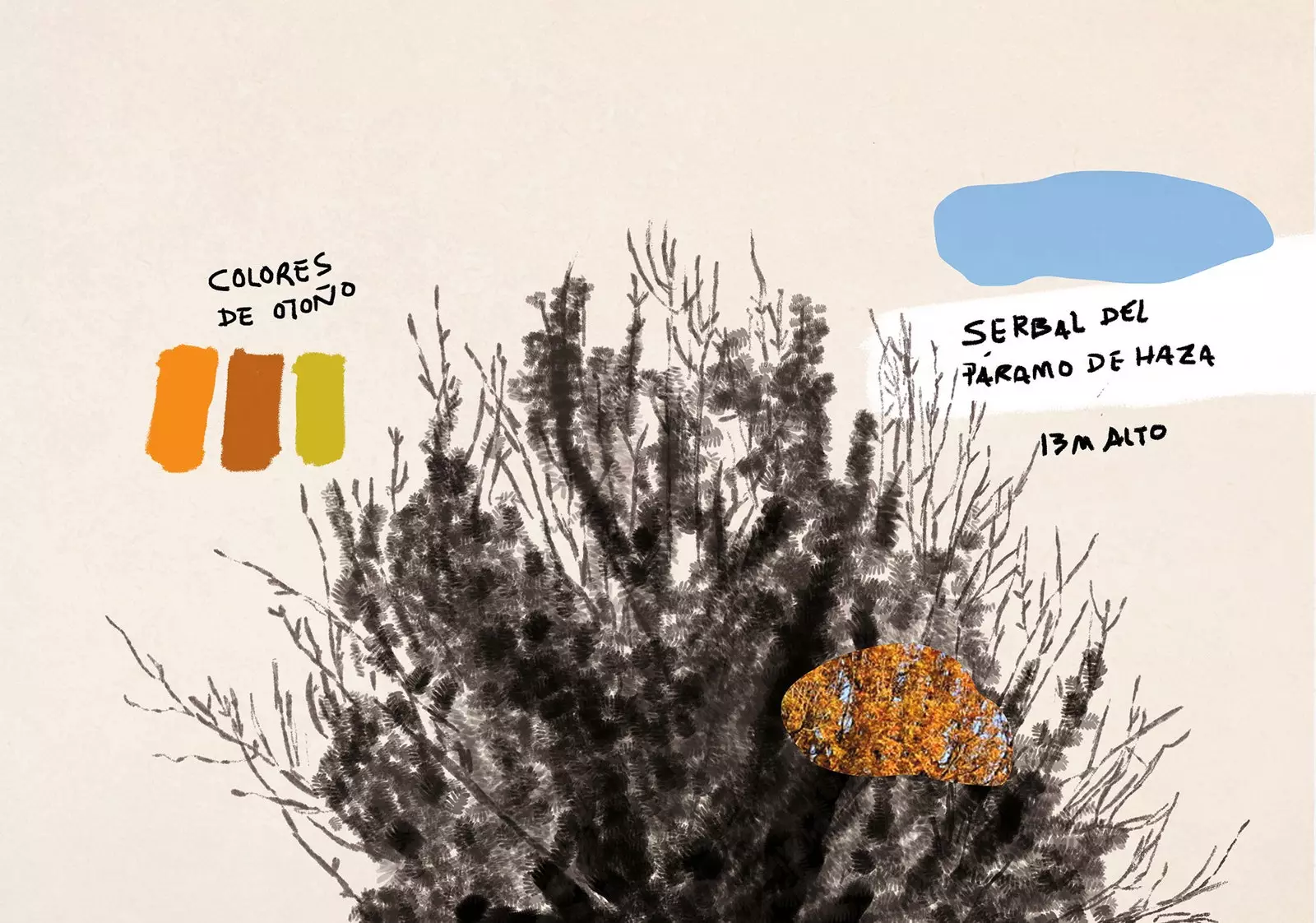
The Ribera del Duero Wine Route opens the door to the everlasting trees.
“In them we explain if the specimen is male or female, how they communicate with other trees , what its fruits were (or are) used for, their relationship with insects and birds, the medicines they have and the benefits they bring us just being and breathing close…”, explains the naturalist.
**FOR WINES, TREES! **
Reading the files and chatting with Candelas, we have found out, for example, that the fruits of the hawthorn of the Vega, a large hawthorn bush that is near the hermitage of the Virgen de la Vega in Roa de Duero, Burgos They were the children's sweets when sweets didn't even exist. They are called Macucas, and although hardly anyone eats them anymore, they are rich in vitamin C.
It has also aroused our curiosity about the peculiar pine-poplar that grows in the agricultural land that surrounds Aranda de Duero . Or rather, they grow, because although they cling to each other through the trunk and branches, they are two specimens of different species. And by the slender white poplar fused with narrow-leaved ash which, at 28.5 meters tall , stands out in the riverbank forest of the Rejas River, near the town of Villálvaro, Soria.
And we realized that next to the Cistercian monastery of Santa María de Valbuena , an impressive complex from the 12th century that today is occupied by the most exclusive of the Castilla Termal spas, there are two very special trees.
One is in the garden area in front of the entrance to the monastery and is an oak of more than 300 years associated with endless popular legends . The “oak of slippers” they call it. It has a considerable height for its species, 20 meters, and a wide and dense canopy from which the lower branches hang pendulous towards the ground due to their own weight . It is the most beautiful tree in the town of San Bernardo, there is no doubt about that.
The other is behind the monastery, in the vineyard, in the middle of two rows of vines. It is the juniper of the Virgin, although in reality it is a juniper, the only survivor of a forest that was uprooted to plant vines . She was saved by having been baptized, by bearing the name of the Virgin.
But, as we mentioned before, there are several unique trees related to the world of wine. The tercentenary olive tree of the Valladolid town of Quintanilla de Onesimo grows inside the patio of a winery –visiting it is a good excuse to have one, of course–, and the unmistakable Doncel de Mataperras de La Horra, Burgos, also known as Pino Gordo due to its dimensions –22 meters high and a glass of 24–, gives its name to a red wine from the Marqués de Velilla winery.
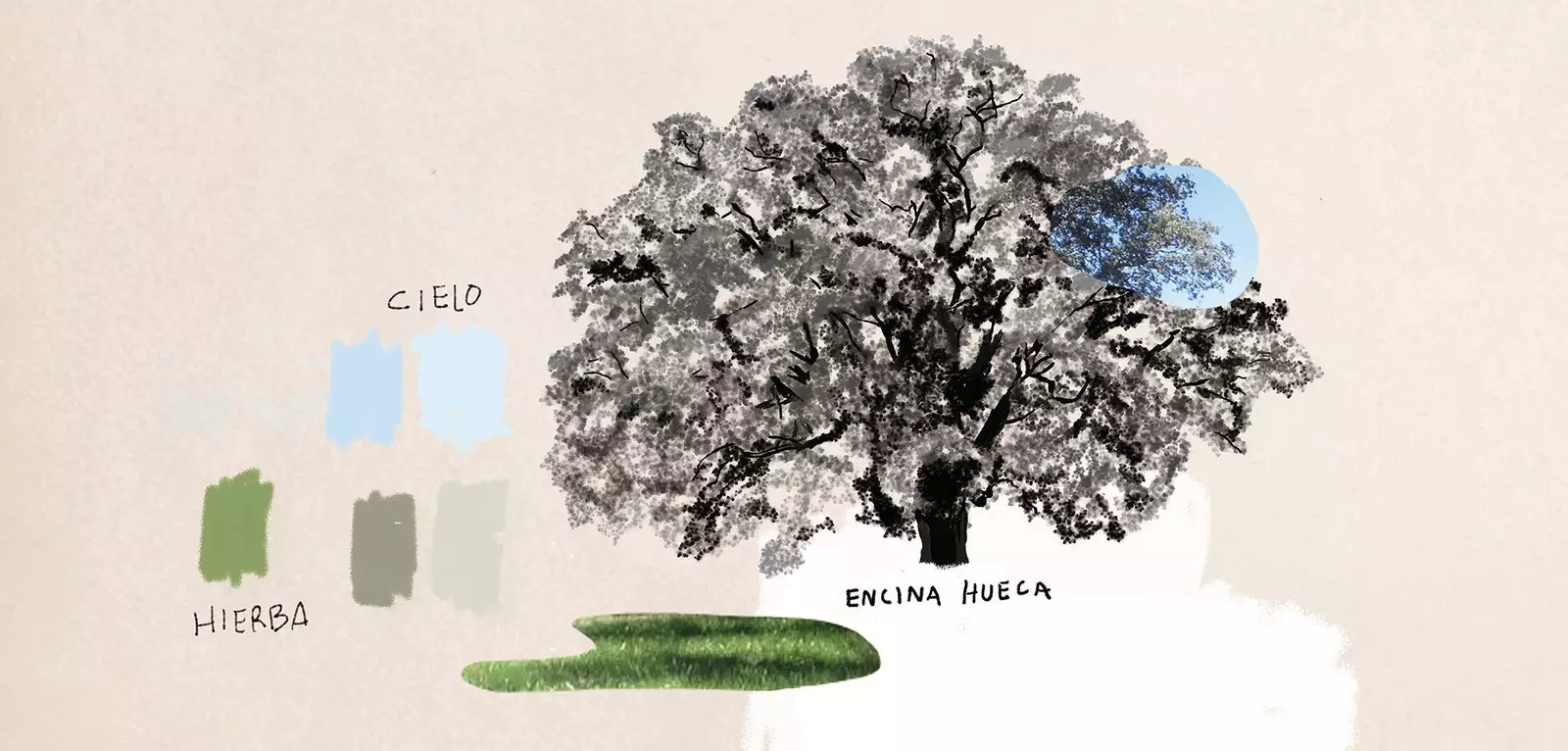
Through wine tourism or out of pure curiosity, escape to discover our most precious asset!
But the best thing, our recommendation, is that you put on your walking boots and you venture along the path that leads to the gigantic hollow oak of Caleruega, province of Burgos . The road to there passes very close to the ruins of an old hermitage, a cellar from Roman times and a dunghill, a vulture feeder to which one can look out from an old dovecote.
Another path, the one that runs through the vicinity of Quintanilla de Onesimo, Valladolid, will take you to the oak of the Tres Matas , located at the top of a moor from which the panoramic views of the entire Duero river valley compensate for the effort of the ascent – if you don't believe us, you can go up by car.
Or better yet, call Abubilla Ecoturismo and book a guided tour with Candela. Walking with her through this land that she knows so well is indeed a unique experience. And remember: whoever gets close to a good tree, good shade shelters him.
